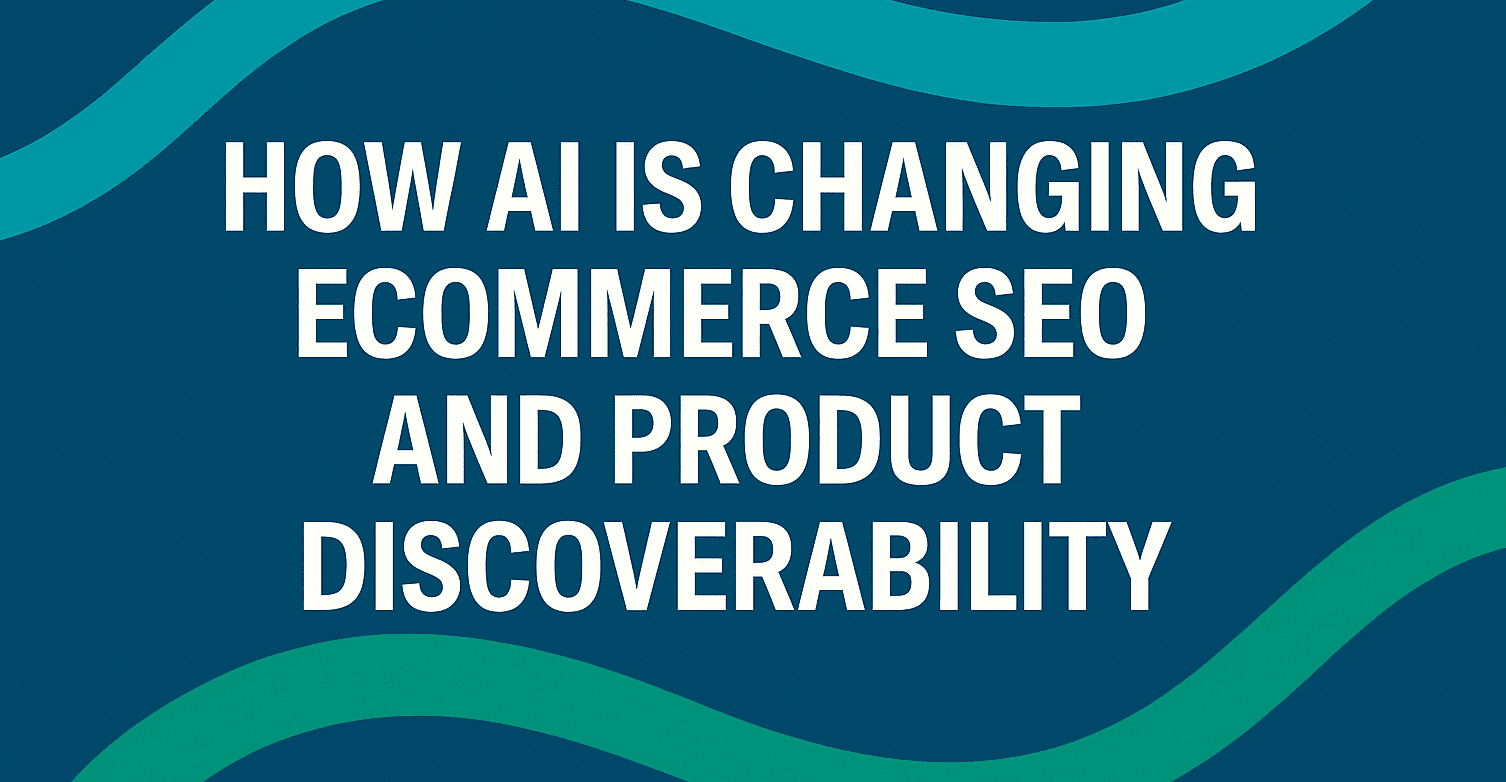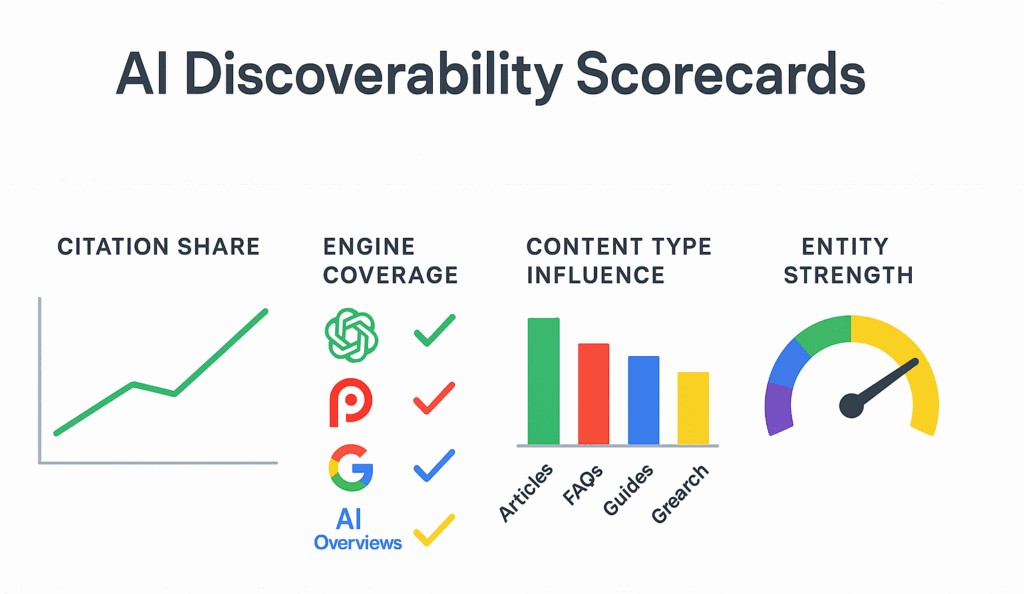What Is an SEO Proposal and What Should It Include?
Learn what a strong SEO proposal should include, how to compare agencies, and how AI-driven SEO strategies build trust, visibility, and measurable results.
What Is an SEO Proposal and What Should It Include? Read More »










